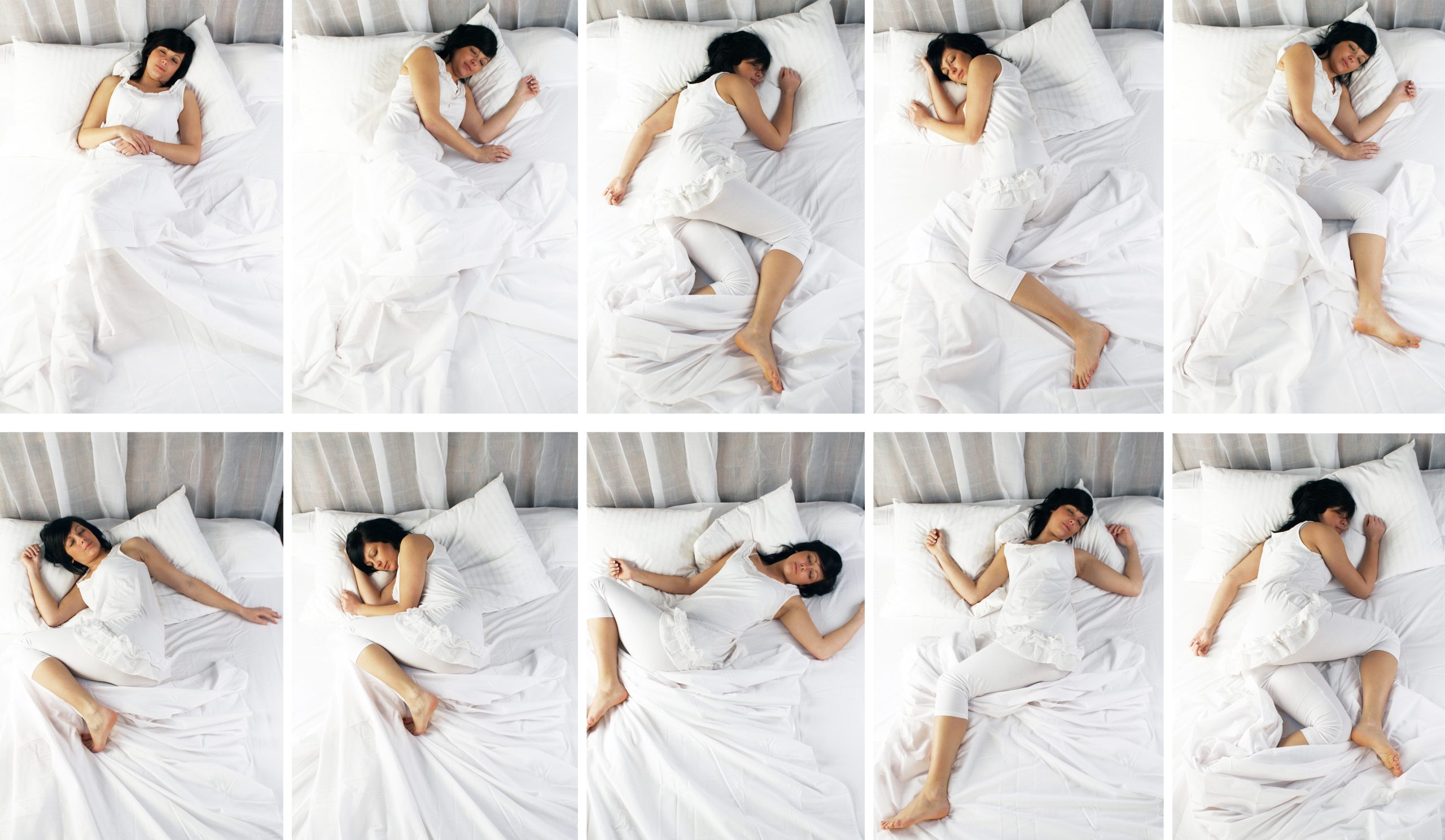
A good night’s sleep is essential for our overall health and well-being, and one factor that significantly influences the quality of our sleep is our preferred sleep position. While everyone has their go-to position, are all sleep positions created equal? In this blog, we’ll delve into the pros and cons of various sleep positions and explore how choosing the right one, along with a supportive mattress and pillows, can enhance your sleep quality.
The Quest for the “Best” Sleep Position:
Determining the “best” sleep position is a nuanced endeavor. Sleep experts often emphasize the importance of sleep quality and hygiene, recognizing that individual needs and comfort play a crucial role. However, it’s essential to highlight that certain positions, such as sleeping on your back, have been linked to conditions like sleep apnoea, emphasizing the need for careful consideration.
Assessing Different Sleep Positions:
Sleeping on Your Front:
-
- Less common but beneficial for sleep apnoea.
- Reduces snoring but puts strain on the spine, making it unsuitable for those with back pain.
- Not recommended for pregnant women due to potential discomfort.
- Sleeping on Your Back:
- Ideal for those with lower back pain, maintaining natural spinal alignment.
- Helps with nasal congestion and reduces acid reflux when pillows support proper elevation.
- May reduce fine lines and wrinkles based on limited studies.
- Can worsen snoring, especially for individuals with sleep apnoea.
- Not recommended for third-trimester pregnant women.
- Left Side Sleeper:
- May cause heart rhythm changes but reduces the risk of gastroesophageal reflux.
- Research indicates that sleeping on the left is beneficial for those with heartburn-related issues.
- Right Side Sleeper:
- Does not impact the heart’s natural rhythm like left side sleeping.
- Associated with a potential reduction in the risk of Alzheimer’s.
- Research suggests spinal fluid flushes toxins more effectively during sleep when sleeping on the right side.
Considering Multiple Sleep Positions:
Non invasive scientific study reveals that people, on average, move or twitch their limbs approximately 18 times per hour during sleep. While some movement is natural, excessive movement can disrupt the most restorative type of sleep, REM sleep. Factors such as an uncomfortable mattress, incorrect pillows, or sleep disorders like sleepwalking or sleep apnoea may contribute to increased movement during the night.
Tips for Improved Sleep Hygiene:
- Choose a mattress and pillows that support your preferred sleep position.
- Address discomfort or pain that leads to frequent movement during the night.
- Consider environmental factors, such as room temperature, to enhance sleep quality.
- Evaluate your sleep hygiene to identify and address potential disruptions.
Conclusion: What’s the best sleep position?
While the quest for the “best” sleep position continues, it’s clear that individual preferences and needs play a crucial role. Understanding the benefits and drawbacks of different sleep positions can guide you in making informed choices that contribute to better sleep quality. Additionally, considering factors like mattress support, pillow elevation, and overall sleep hygiene can further enhance your ability to enjoy a restful and rejuvenating night’s sleep. Sweet dreams!